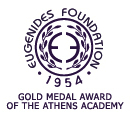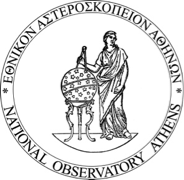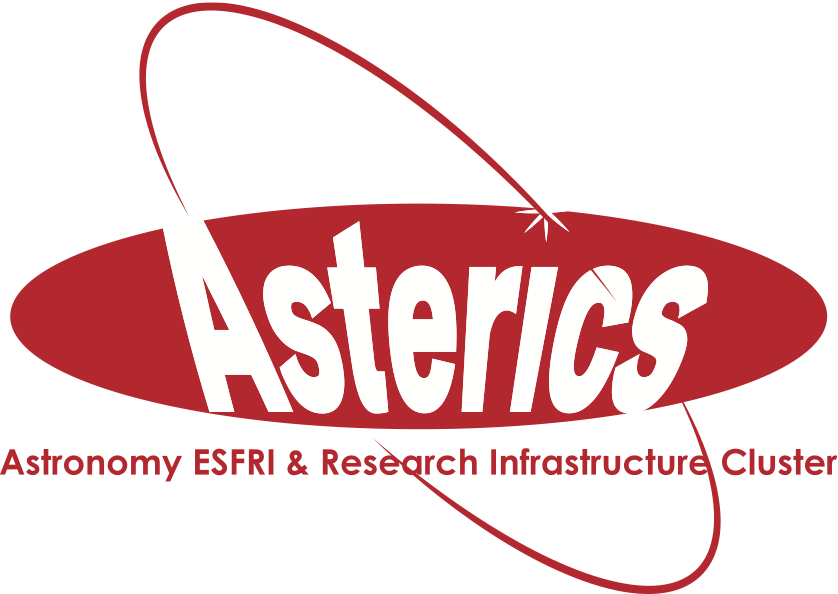
|
Special Session SS8
6 July 2016
The presence of different stellar populations in globular clusters (GCs) has shattered once and forever the assumption that these objects are the best examples of simple stellar populations. Recent discoveries have revealed that their complexity is far higher than previously thought. New photometric analyses reveal that all GCs show multiple and complex photometric features along the entire color-magnitude diagram. There is a surprising heterogeneity in the number and properties of the stellar populations, with no two GCs being exactly the same. More and more GCs with intrinsic dispersions in heavy elements and in the bulk metallicity are being discovered. This complex observational scenario is posing serious challenges to our understanding of GCs, to their origin and evolution, the mechanisms of star formation, and nucleosynthesis themselves. The main proposed scenarios for the multiple stellar populations in these systems require multiple, or extended, episodes of star formation. Asymptotic giant branch stars, fast-rotating massive stars and supermassive stars have been proposed to be the stellar nucleosynthesis sites for the material of second-generation stars. An alternative scenario suggests that mass transfer in massive binaries might cause the observed chemical variations, with no need of multiple episodes of star formation. But none of these models is able to satisfy all observational constraints, suggesting that some not-yet-understood mechanism may have occurred. Intruiguingly, some GCs, in particular those with internal variations in heavy elements, have been proposed to be originated in extra-galactic environment as nuclear star clusters of now-disrupted dwarf galaxies. The goal of our Special Session is to discuss the new observational results, the challenges for the existing models, and new possible scenarios for the interpretation of the observational data. The main issue we aim to explore is the origin of multiple stellar populations and the discussion of what their diversity can tell about the origin of these stellar systems. The open questions that will be discussed are: 1) Are the different chemical/photometric features observed in different GCs suggesting a different origin for some of them? 2) Are nucleoynthesis processes expected by different scenarios able to reproduce the observations? 3) What new observations do we need to advance our understanding in this fascinating topic? Programme
Invited speakers
Scientific organisers Contact Updated on Fri Dec 04 01:34:05 CET 2015
|
||||||||||||||||||||
|
EWASS 2016 : European Week of Astronomy and Space Science |
|||||||||||||||||||||
 A power cut will shut down all EAS services on Tuesday, 10 January 2017 starting at 7:30 CET.
A power cut will shut down all EAS services on Tuesday, 10 January 2017 starting at 7:30 CET.












